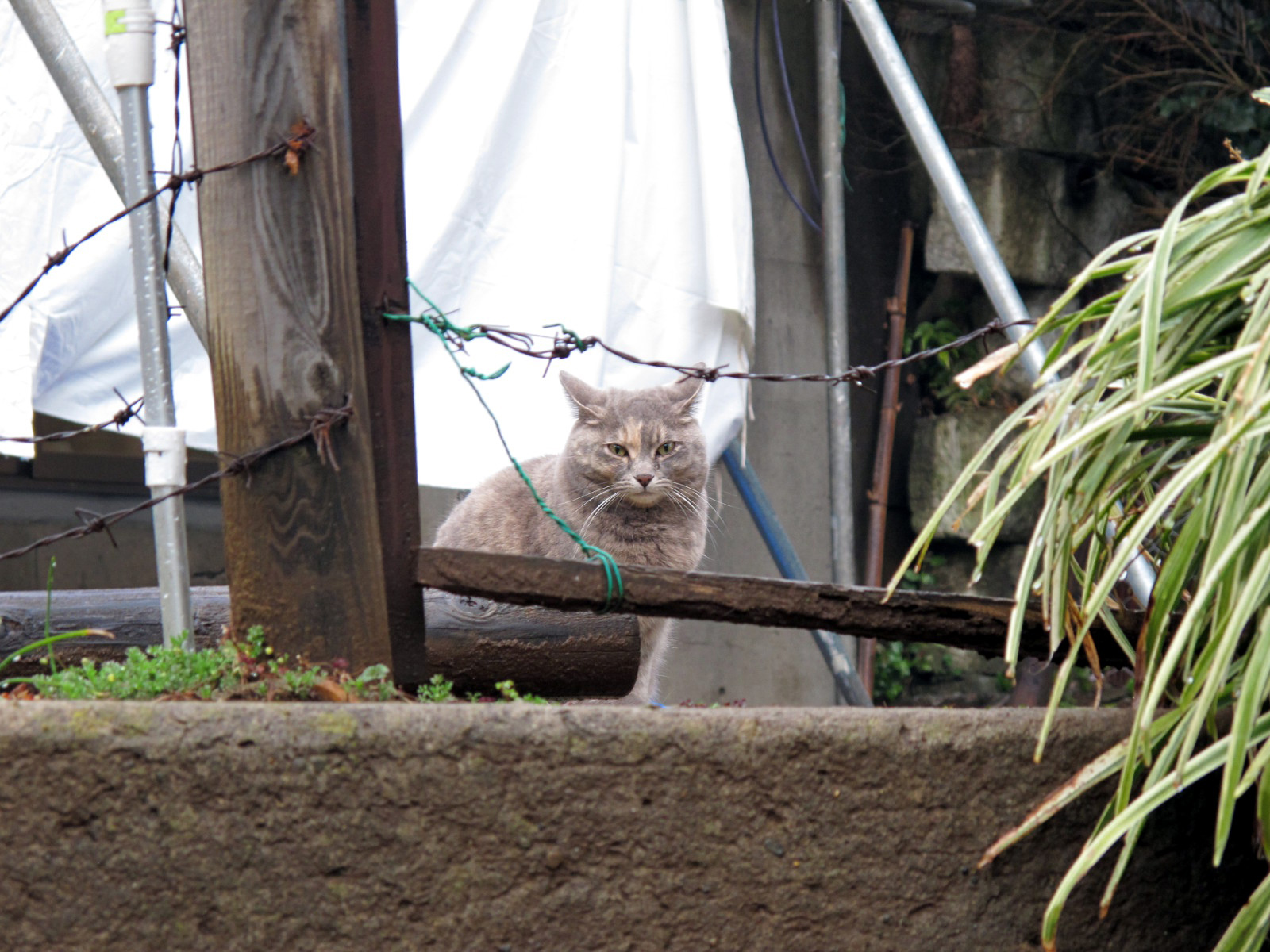In the dusky light of ōmisoka (大晦日, Dec. 31), I spotted something that's become a rarity on Tokyo streets: a dead animal. Actually it was a yamabato (山鳩, turtle dove) — and its feathers were tragically strewn among the blood and gore like a terrible crime scene. Some tsūkōnin (通行人, passersby) who had gathered to inspect it, said that the poor bird was most likely the victim of karasu no shūgeki (からすの襲撃, crow attack), and added that mukashi-wa yoku atta koto (昔はよくあったこと, in the old days, we used to see this stuff all the time).
This is true — 25 years ago, things were positively chūsei (中世, medieval) compared to how they are today, despite the fact that Japan's timeline had officially shifted from the dark Showa to the bright and modernized Heisei. In the early morning hours on the way to school, you often witnessed the mangled corpses of noraneko (野良猫, street cats), rats, bats and even snakes — all within the supposedly urbanized nijyūsanku (23区, 23 wards) area of Tokyo. During the tsuyu (梅雨, rainy season), huge, bloated gamagaeru (ガマガエル, toads) crawled along the asphalt and the streets themselves flooded whenever the rains got heavy.
From train windows, you looked out across the rows and rows of concrete buildings to spot some astounding kanban (看板, store sign). There were those that had the single hiragana: ぢ (ji), meaning hemorrhoids. Another that said seibyō (性病, venereal disease). Still another that had these two characters: 肛門 (kōmon) — meaning anus. The Japanese were obviously not shy about broadcasting issues involving the lower extremities. Another notable fact was that these kanban were always written in bold, thick, calligraphic strokes.

















With your current subscription plan you can comment on stories. However, before writing your first comment, please create a display name in the Profile section of your subscriber account page.